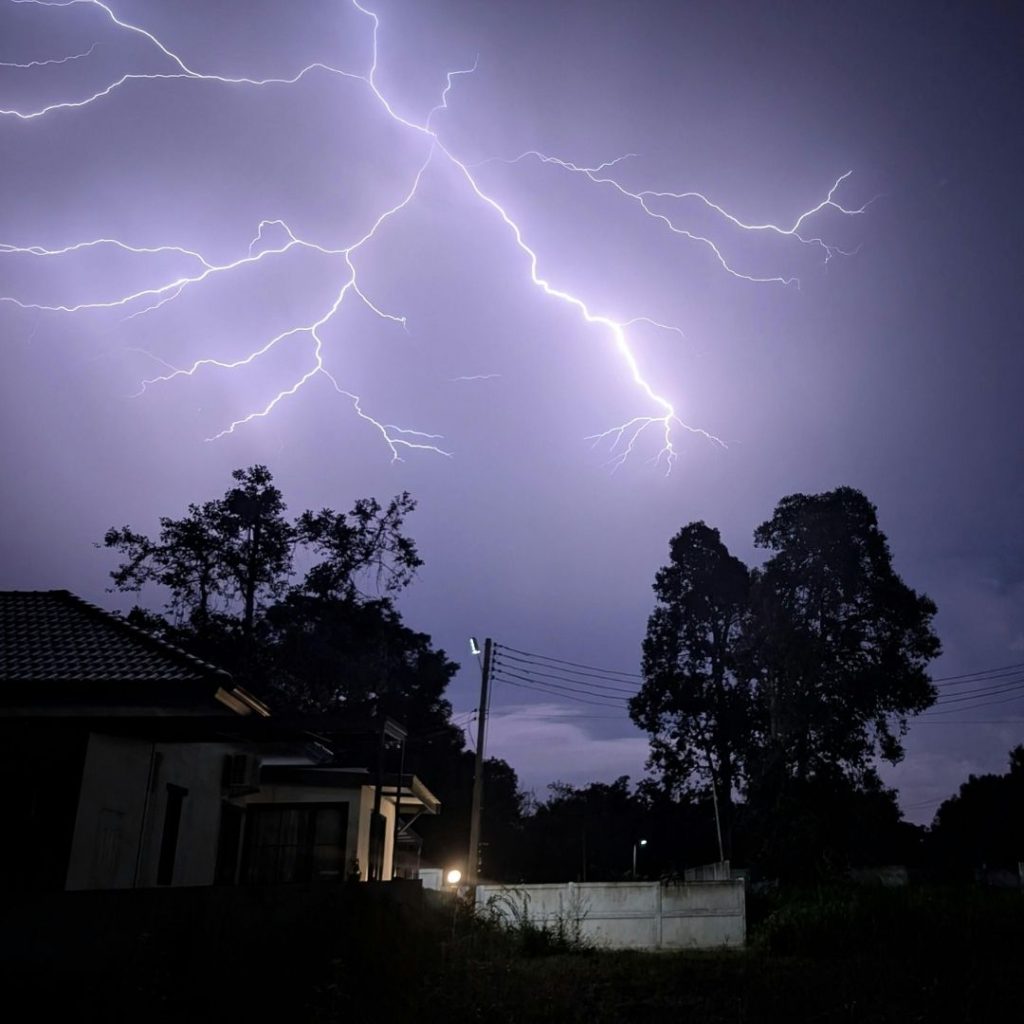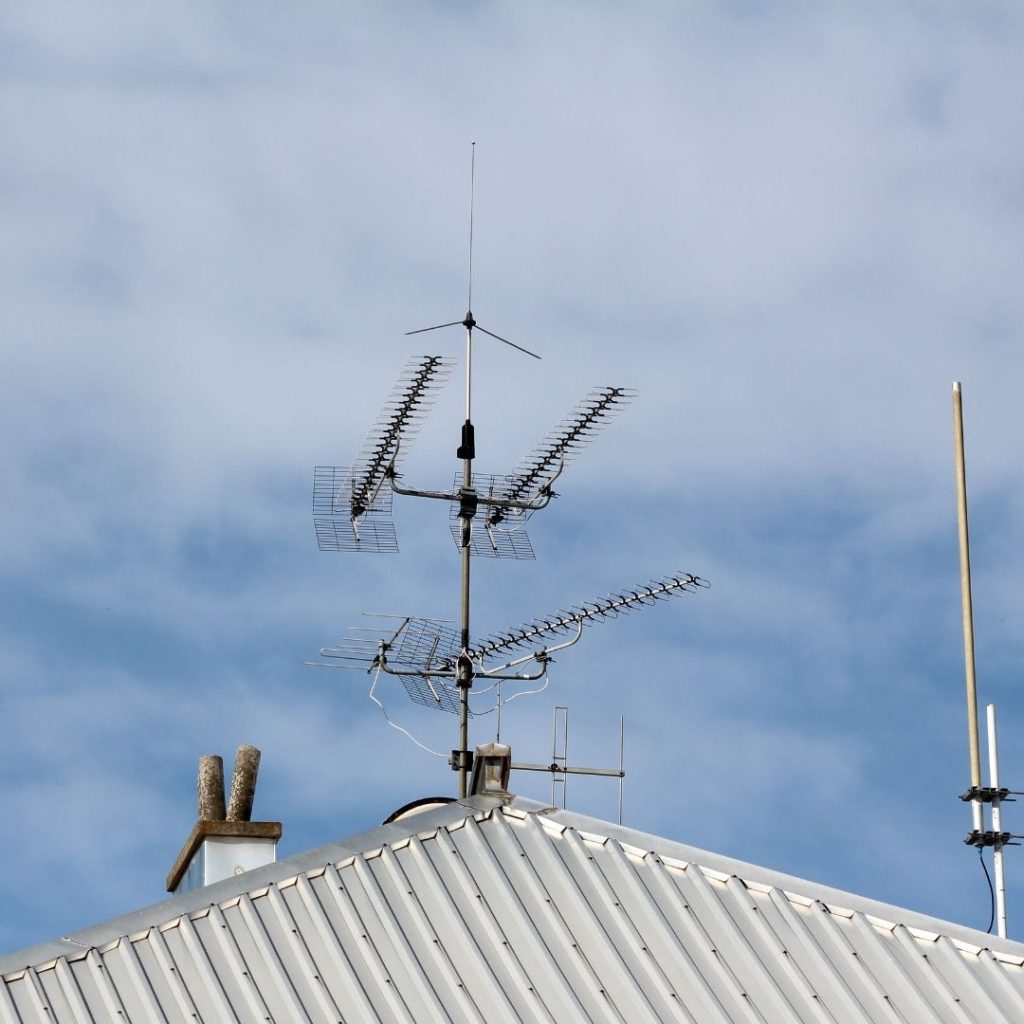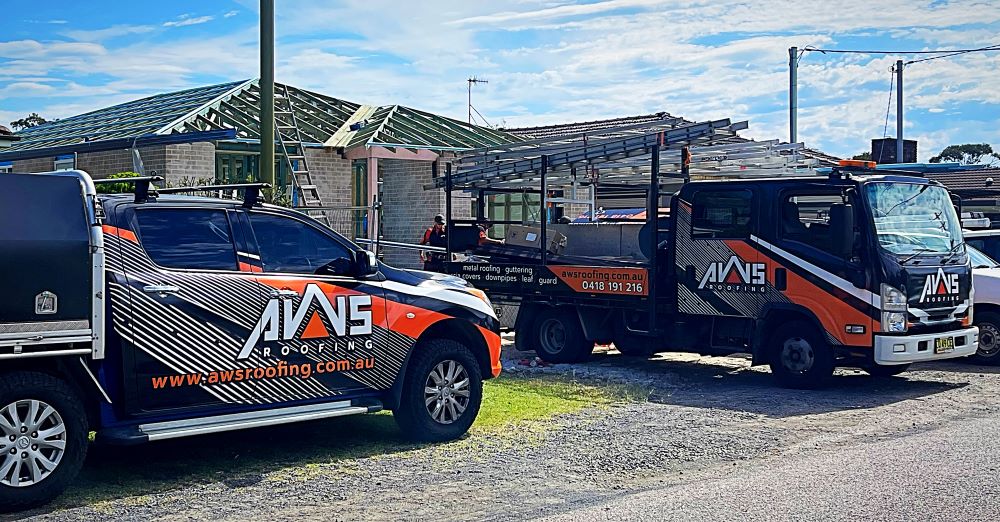Metal roofing is widely acknowledged as one of the most resilient and enduring roofing solutions available in Australia. Its remarkable strength, longevity, and energy efficiency are attributes that have garnered significant attention from homeowners and builders alike. However, a prevalent question among property owners remains — do metal roofs attract lightning strikes?
As an increasing number of homeowners turn to Starlink dishes and various aerial devices for enhanced communication and internet connectivity, concerns regarding lightning strikes have also intensified. In this article, we will explore the realities surrounding this topic, emphasizing why metal roofing, in conjunction with antennas and satellite systems, is often safer than many people believe it to be.

Understanding the Relationship Between Metal Roofs and Lightning Strikes
Despite the common misconception that metal roofs attract lightning strikes, the reality is quite different. A metal roof does not attract lightning in any significant way. Lightning is naturally drawn to the highest point in a landscape, regardless of the roofing material. Its path of least resistance typically targets taller structures, such as trees, poles, or antennas, rather than the roofing material itself.
In the unfortunate event that a home with a metal roof is struck by lightning, there is a reassuring fact: metal is capable of dispersing energy safely. Unlike other roofing materials, such as tile or timber, metal does not easily ignite or catch fire. If lightning were to strike, the electrical charge would spread rapidly across the roof’s surface and dissipate harmlessly into the ground, especially when the building’s grounding system has been correctly installed.
In conclusion, choosing a Colorbond® roof does not increase the likelihood of your home being struck by lightning. However, if such a strike were to happen, having a metal roof is one of the safest options available, providing homeowners with significant peace of mind regarding their safety.
Assessing the Impact of Aerials and Starlink Dishes on Lightning Strike Risks
Similar to metal roofs, aerials, antennas, and Starlink dishes do not inherently attract lightning solely because they are present. Instead, lightning is generally attracted to height and isolation, rather than specifically to the metal components of these devices.
If an aerial or dish is the highest point on your property, it may be the most likely target for a lightning strike. This situation arises due to its elevated position rather than its metallic composition. Consequently, it’s essential to understand that the risk of a lightning strike is primarily influenced by the location of the structure rather than the materials used in its construction.
To improve safety, consider implementing the following best practices:
- Ensure that the dish or antenna is professionally installed and grounded in accordance with the AS/NZS 1768 lightning protection standards.
- Bonding and grounding the system is crucial, as it allows any electrical surge to travel safely to the earth, significantly reducing the risk of damage to your equipment or home.
- Avoid using isolated, ungrounded poles that extend significantly above the roofline, as these can greatly increase the risk of lightning strikes.
When installed correctly, a Starlink dish or roof-mounted aerial on a Colorbond® roof remains completely safe even during severe electrical storms.

Discovering the Safety Advantages of Metal Roofing Materials
Beyond the vital aspect of lightning safety, metal roofing offers a multitude of inherent protective features that make it a superior choice for homeowners:
- Fire Resistance: Metal is fundamentally non-combustible, making it an ideal choice for regions that are prone to bushfires.
- Storm Durability: Metal roofs are engineered to withstand hail, intense winds, and heavy rainfall far better than many traditional roofing materials.
- Corrosion Protection: Colorbond® coatings provide exceptional protection against rust, particularly in coastal areas where salty air can pose a significant threat.
- Energy Efficiency: The reflective coatings on metal roofs help to minimize heat absorption during the intense summer months, resulting in lower energy bills.
- Structural Lightness: Metal roofing is lighter than tile, which reduces stress on the roof frame and enhances overall structural integrity.
Crucial Steps for Ensuring Roof Safety and Efficiency
To guarantee your roof’s safety and the efficiency of any mounted equipment, conducting regular inspections is paramount:
- After any storm events, inspect flashings, fixings, and sealants to ensure they remain intact and functional.
- Keep gutters and valleys clear of debris to prevent overflow and potential water damage to your property.
- Verify that any antenna installations are properly grounded to minimize risk and ensure safety.
AWS Roofing provides professional inspections and roof replacements across the Central Coast, Newcastle, and Hunter regions, ensuring that each roof functions safely and efficiently while delivering maximum protection for your home.

Essential Insights on Metal Roof Safety and Performance
A metal roof does not attract lightning; rather, it plays a crucial role in protecting your home from lightning strikes. When combined with professional installation and proper grounding of any roof-mounted equipment, a Colorbond® metal roof emerges as one of the safest, most reliable, and longest-lasting roofing systems available in Australia.
If you require expert assistance for metal roofing installation or replacement, reach out to AWS Roofing, trusted specialists in durable and compliant roofing systems throughout NSW.
Do Metal Roofs Attract Lightning? (And Aerials or Starlink Dishes)
The Article: Do Metal Roofs Attract Lightning? A Look at Aerials and Starlink first appeared on https://writebuff.com
The Article Metal Roofs and Lightning: Insights on Aerials and Starlink Was Found On https://limitsofstrategy.com

